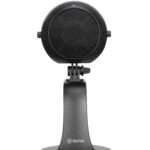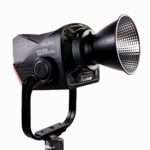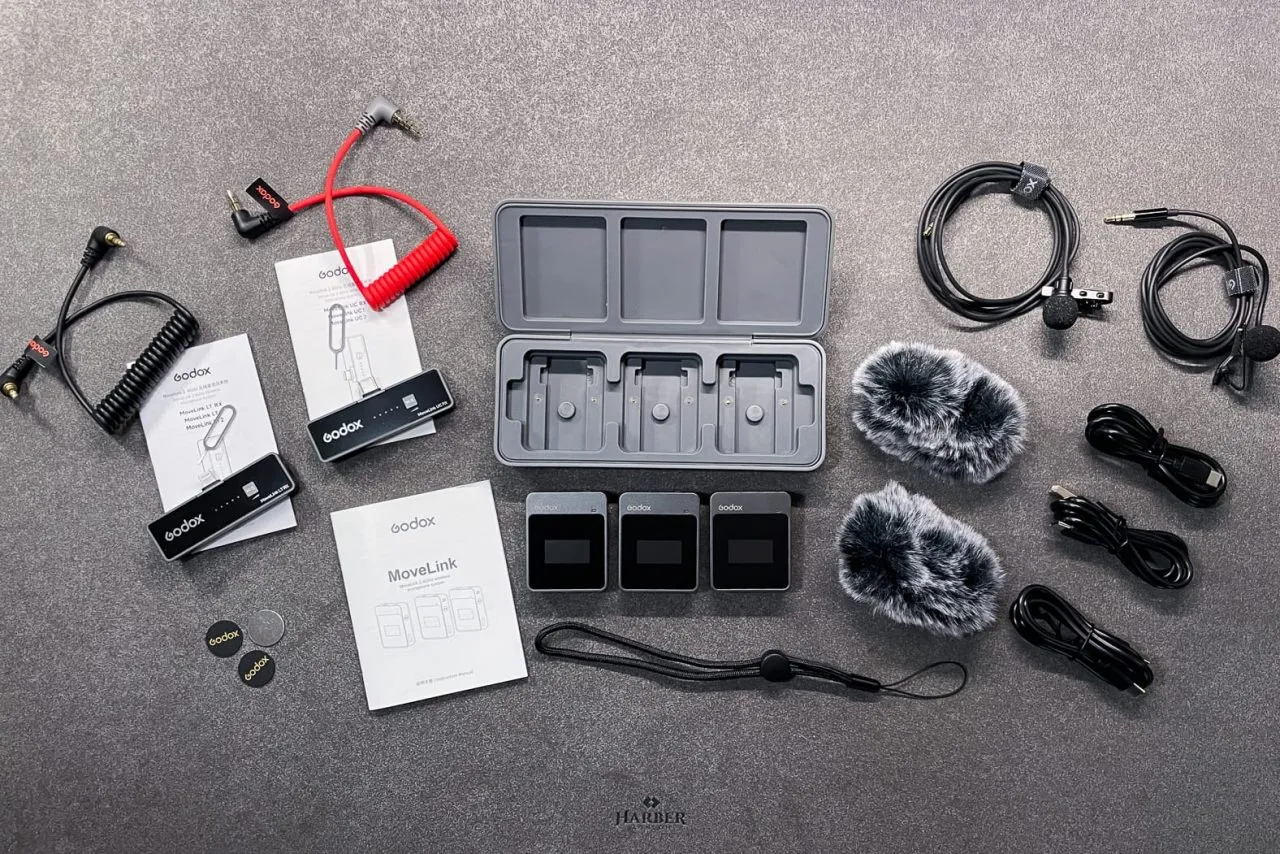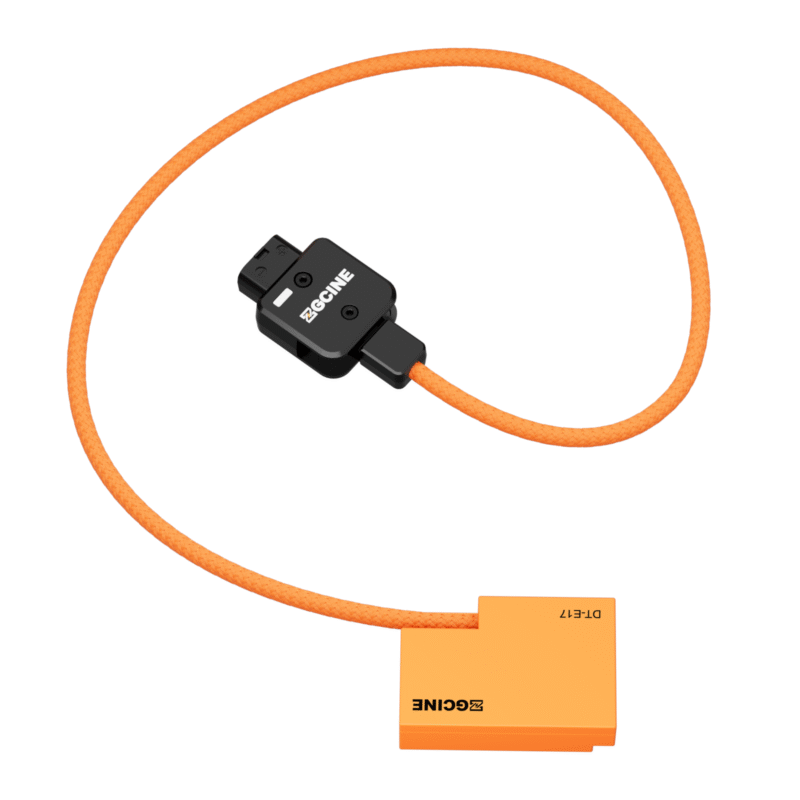The key differences between Godox wired microphones and Godox wireless microphones are based on their mode of connection, mobility, and use cases:
1. Connection
- Wired Microphone: Requires a physical connection (cable) to an audio recording device like a camera or an audio recorder.
- Wireless Microphone: Uses wireless transmission (such as UHF or Bluetooth) to send audio signals from the microphone to a receiver connected to the recording device.
2. Mobility
- Wired Microphone: Limited by the length of the cable. The user’s movement is restricted by how far the microphone cable can reach.
- Wireless Microphone: Provides greater freedom of movement, as the user is not tethered by a cable.
3. Setup and Convenience
- Wired Microphone: Simpler setup—just plug in the cable and it works. However, cables can be inconvenient to manage during complex shoots.
- Wireless Microphone: Requires pairing between the transmitter (microphone) and the receiver. It can be more convenient for interviews or recordings where the subject needs to move freely.
4. Signal Quality and Interference
- Wired Microphone: Generally provides a stable, interference-free audio signal because of the direct connection.
- Wireless Microphone: Wireless transmission can sometimes be susceptible to interference (from other wireless devices or obstacles), though modern wireless systems are designed to minimize this.
5. Power Source
- Wired Microphone: No need for batteries, as it draws power directly from the connected device.
- Wireless Microphone: Requires battery power for both the microphone (transmitter) and the receiver.
6. Cost
- Wired Microphone: Usually less expensive compared to wireless options.
- Wireless Microphone: Typically more expensive due to the additional components (transmitter and receiver) and wireless technology.
7. Use Cases
- Wired Microphone: Suitable for studio recordings, podcasting, or any setting where movement is minimal, and signal reliability is crucial.
- Wireless Microphone: Ideal for live events, interviews, vlogs, or video shoots where subjects are moving, and a clean setup without cables is needed.
In summary, a wired microphone offers simplicity and reliability, while a wireless microphone provides flexibility and freedom of movement but may require more attention to setup and battery management.











